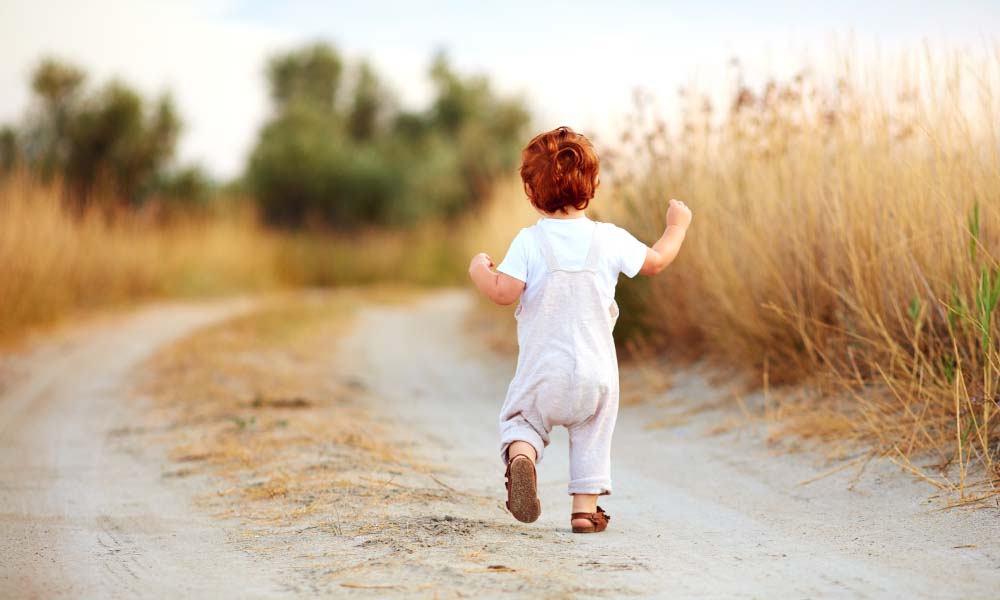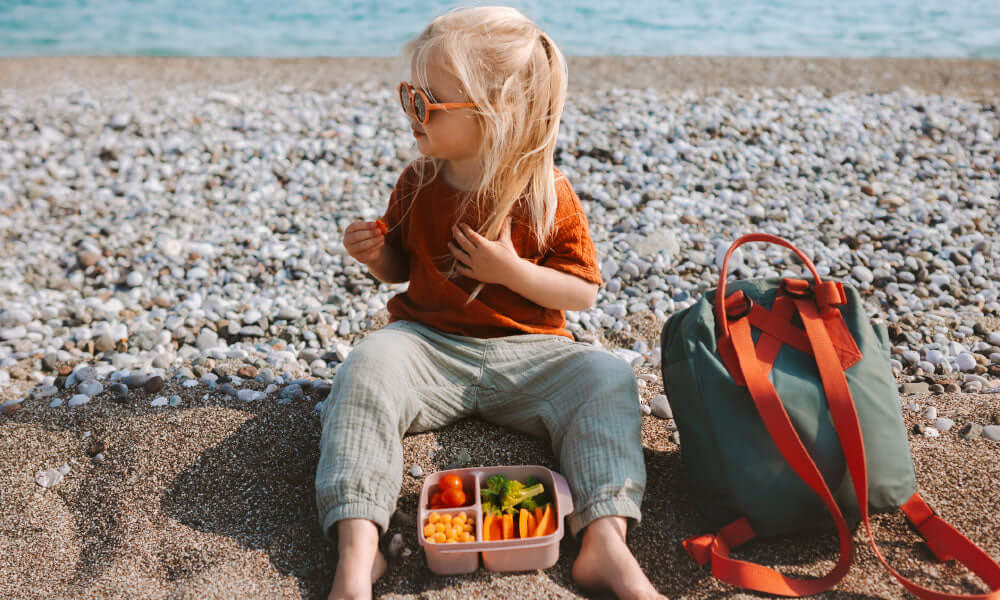As a parent, the lessons you have to teach your children about taking care of themselves and the planet can seem never-ending. But, one of the most important lessons should be about water. After all, it makes up most of our world and is vital for their health and well-being. Water safety and conservation are crucial skills that should take priority in your child’s life.
Thankfully, the two can go hand-in-hand. When you teach practical water safety skills, you can also incorporate sustainable water practices, so your kids can grow up knowing how to be careful around the water while taking care of the planet and fostering a brighter future.
Not sure how to get started? Let’s cover a few creative and effective ways to teach your children about water safety and conservation.
Discussing Drowning
Talking about the dangers of water with your children is a necessary conversation at an early age. Obviously, discussing issues like drowning can feel overwhelming and scary for both you and your child, but letting them know the risks can be a great motivator in helping them keep their safety in mind when they’re around larger bodies of water, like a lake or pool.
Unfortunately, drowning doesn’t only occur in these places. It can also happen at home, in the bathtub, and in large water containers for plants or a pet’s water. Prevention steps in high-risk areas like pools are often more obvious. Make sure your child is wearing a lifejacket or other floatation devices if they aren’t strong swimmers, and never leave them alone – even for a moment – around a body of water.
At home, teach them never to stick their head underwater in a bathtub or other large containers. You can incorporate conservation ideas into these safety lessons by talking about using less water for bath time, and how rain barrels are a great way to reuse water for the garden, but they aren’t toys and need to be used the right way. When your child feels a sense of responsibility, they’ll be less likely to let their curiosities get the best of them around areas of water.
Drowning can happen quickly and silently. According to the CDC, around 4,000 fatal drownings occur each year. As a rule, don’t leave your child alone around water, and make sure there are rules put in place whether you’re at the beach or at home for staying safe when water is involved. It’s also important to recognize the common signs of drowning. Don’t always assume that your child will flail their arms around and make a lot of noise. Often, drowning is silent, and you might notice that your little one isn’t using their arms and legs to move one way or another. Pay close attention and intervene as quickly as possible.
The Beauty of Water
When teaching your children how to be safe and responsible around water, you can also share ways in which it can be healing. Your goal in teaching water safety shouldn’t necessarily be to make your kids scared around bodies of water. Rather, they should understand its power. While it certainly has the power to cause harm, water can also be very calming.
Simply watching a large body of water like an ocean or lake from the beach can provide a sense of calm and tranquility for your whole family. If you frequently go to the beach, make sure you encourage your kids to appreciate the water. Not only will it help them to stay calm, but it can give them a better understanding of how important these bodies are to our planet.
Encouraging your kids to drink enough water every day is another great way to teach them about prioritizing their health while doing something good for the environment. Many people around the world don’t have access to clean drinking water. Sharing that kind of information with your child will help them realize what a gift they have every time they’re taking a sip. That kind of awareness can inspire them to be more observant about their water conservation habits.
Fostering Safe and Healthy Habits
Water safety and conservation both start at home. If sustainability is important to you, there are habits you can instill in your children from a very early age. For example, explaining how water can be reused can get your kids excited about household chores like laundry or washing the dishes.
Household water from sinks, washing machines, and dishwashers is often referred to as greywater. While it shouldn’t be consumed, you can install a greywater system in your home that gives this water the chance to be reused for irrigation purposes. Some of the biggest benefits of installing a greywater system include:
- Reduced water usage
- Lower water bills
- Less energy consumption
- Reduced chemical usage
- Healthier yards and plants
Using greywater won’t just help your utility bills, but it can inspire you to be more eco-friendly with your landscaping practices, too. You might be more willing to start a vegetable garden and reduce your dependency on grocery stores if you know you won’t have to pay an arm and a leg to water the garden every day.
Another water resolution you can implement at home include using less water, overall, by gamifying things like seeing who can take the fastest shower, or who can load the dishwasher more efficiently.
The more your kids know about water and the role it plays in our survival and the well-being of our planet, the more responsible they’re likely to be when it comes to staying safe and protecting the future. It’s never too early to start educating them on the power of water and the impact it has on their lives.



